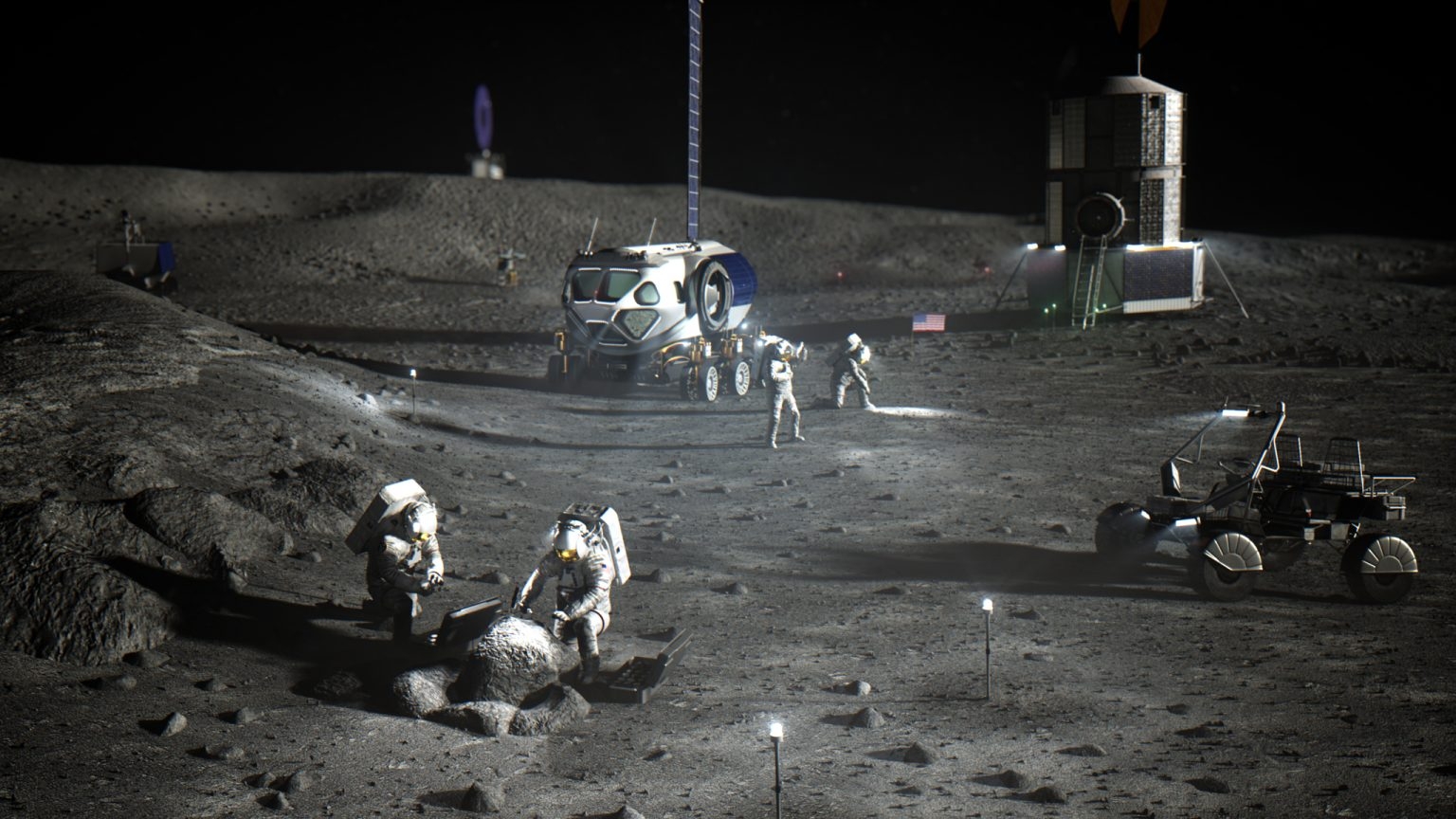Half a Dozen Stars Born in Milky Way Every Year
Astronomers have the best evidence yet pinning down how just many stars form in our galaxy every year: about half a dozen.
The research also indicates that a massive star explodes as a supernova in the Milky Way every 50 years on average. We're overdue, the scientists say.
"Our galaxy isn't the biggest producer of stars and supernovae in the universe, but there's still plenty of activity," said lead researcher Roland Diehl of Max Planck Institute for Extraterrestrial Physics in Germany.
The work, based on data from the European Space Agency's INTEGRAL satellite, was reported this week in the journal Nature. Diehl's team based the conclusions on an examination of the remnants of stars that have exploded over the past few million years.
Specifically, INTEGRAL recorded gamma rays coming from regions of the galaxy shining brightly from the radioactive decay of aluminum-26, an isotope of aluminum produced in massive stars and in their explosions.
The research was funded in part by NASA's Goddard Space Flight Center.
About 90 percent of the gas our Milky Way started with several billion years ago has now been converted into stars, the researchers said.
Breaking space news, the latest updates on rocket launches, skywatching events and more!
"Determining star formation rates in our galaxy can be difficult because gas and dust in the Milky Way's spiral arms obscure star formation taking place all around us," said Bonnard Teegarden, INTEGRAL U.S. Project Scientist at Goddard. "Gamma rays, more so than other forms of light, can penetrate this dust. This approach based on gamma rays is the most direct method available to determine the recent history of stellar activity."
Understanding supernovas is important because they re-seed the galaxy with ever-heavier elements that form new generations of stars. Everything on and in the Earth, at least beyond hydrogen and helium, is the result of stellar explosions.
"Life depends on stars creating elements we so desperately need," said Clemson University astrophysicist Dieter Hartmann, a co-author of the paper. "It's these elements that support life here on Earth and probably elsewhere."
- Miniature Supernova Created in Lab
- Supernova Factory Discovered Where Galaxies Collide
- Chandra Finds Oddly-Shaped Supernova

Rob has been producing internet content since the mid-1990s. He was a writer, editor and Director of Site Operations at Space.com starting in 1999. He served as Managing Editor of LiveScience since its launch in 2004. He then oversaw news operations for the Space.com's then-parent company TechMediaNetwork's growing suite of technology, science and business news sites. Prior to joining the company, Rob was an editor at The Star-Ledger in New Jersey. He has a journalism degree from Humboldt State University in California, is an author and also writes for Medium.
